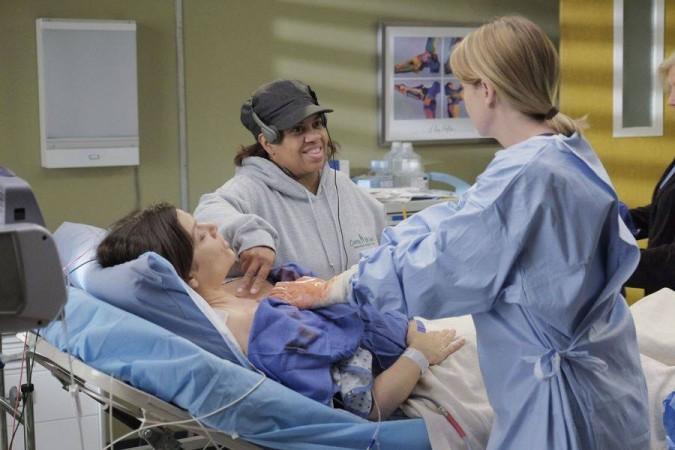
Grey's Anatomy might have a huge fan following but a recent study says that the ABC drama is riddled with medical inaccuracies. While the hospital drama has been watched by an estimated nine million people, the study revealed that Americans admitted that TV shows are their primary source of health information.
According to the study published in Trauma Surgery & Acute Care Open, the researchers from St Joseph's Hospital and Medical Centre in Phoenix compared the fictional patients with the real-life ones.
Also read: Grey's Anatomy turns real? Human bone tissue grown in lab used to repair man's damaged leg
The researchers have analyzed the 290 fictional patients in 269 episodes of Grey's Anatomy with real-life injuries sustained by 4,812 patients.
And, they have found out that 71 percent trauma patients on television went directly to the operating theatre from the emergency department while in real life it is only 25 percent.
Of all, who survived in the fictional drama, only one in 20 were transferred to a long-term care facility while the proportion is much higher in reality.
Overall, the death rate is significantly higher in the ABC's hospital drama than real life.
"I think most hospitals, surgeons, nurses, we don't realize how much something like a TV show could affect what a patient will expect from their care," Dr Jordan Weinberg, the lead author of the research paper and a trauma surgery specialist at St Joseph's Hospital and Medical Center in Phoenix, told Daily Mail.
"Coming at it from a trauma perspective, it's particularly important because these patients didn't have the time for their doctors to tell them what to expect. Suddenly, they're in the hospital and it could be that the only reference point they have is Grey's Anatomy," he added.
The research, led by Dr Weinberg, concluded by saying: "Hence, American television medical dramas tend to rely on storylines that feature rare diseases, odd presentations of common diseases, fantastic and/or quirky injuries, and mass casualty events, all framed within a 'realistic' representation of a typical US hospital."
"The balancing act between the presentation of the realistic and the dramatic can actually result in a skewed perception of reality among television viewers."









